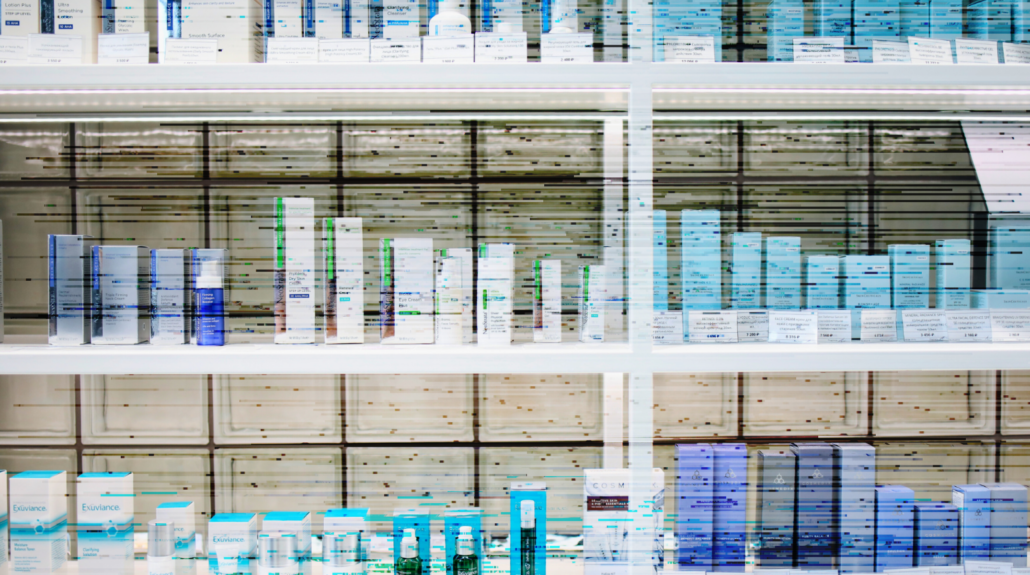What our beauty industry report uncovered

Re:signal recently released an SEO industry report on the Beauty sector, to see how high street retailers, DTC brands and online goliaths such as Amazon, were performing in Google.
The COVID-19 pandemic resulted in a revenue shift towards online for the Beauty industry which has remained strong even today, with 24.2% of revenue coming from online purchases. This is a significant foothold in a £13.95bn industry, previously driven by consumers trying something new in local retail stores. The industry as a whole continues to grow as well, with Beauty expected to reach £15.1bn revenue in the next five years. There is a limit to how much of the market Online can capture though, with ecommerce sales predominantly consisting of repeat purchases.
As with most consumer verticals, Amazon has beaten out high street giants Boots and Superdrug in Google’s organic results. The world’s 4th largest company achieved 100% visibility across the 3,544 popular non-brand Beauty keywords that we analysed. Amazon has a powerful combination of near-limitless product range and one of the most powerful domains (authority) on the internet. Its product range comes mostly from the Amazon Marketplace, allowing third-party manufacturers and wholesalers to sell products on Amazon’s website, in exchange for a percentage of the sale.
Superdrug teamed up with Mirakl at the end of 2022 to build their own marketplace, which launched with over 300 new brands and thousands of additional SKUs. It seems like a no-brainer at first glance, bringing increased range/keyword coverage, a slice of the revenue and the potential to sell own-brand products in the same order. There are downsides as well though, such as diluting brand reputation and own-brand sales. Perhaps that is why high street leader Boots delayed their own marketplace launch at the end of last year, with the decision supported by nine financial quarters of continued sales growth.
Amazon’s dominance in the Beauty vertical isn’t insurmountable either, with Boots leading our report’s Skincare league table across 938 keywords and over a million monthly searches on Google. It will be interesting to see whether Boots manages to stave off launching their marketplace and opt for in-house range expansion, to retain more of the profits. Own brand products are key to Boots’ success and flooding their site with cheap marketplace alternatives could put a dent in their winning streak.
We have also seen tremendous SEO growth from DTC websites, such as Estée Lauder’s MAC Cosmetics, which came 4th in our Makeup league table. For all but the most price sensitive shopper, DTC sites can offer a far superior shopping experience with exclusive content, tips, imagery and even exclusive products. MAC’s content, UX and strong backlink profile has helped them to outrank Amazon for big non-brand keywords such as [eyeliner] and [makeup brushes]. Our report highlights internal linking as a key catalyst to their SEO success as well, effectively interlinking related product categories using keyword-optimised anchor text.
Another DTC success story has been L’Oréal’s brand Kiehl’s, which ranked highly in our report’s SEO analysis of the skincare market. We estimate that they receive over 18,000 organic clicks a month from around 6,800 non-brand skincare keywords. Kiehl’s also ranks in the Top 10 for 31% of the keywords analysed. Success has come from the significant content investment made on their website, including answering common skincare questions and issues. This has naturally garnered links for most of the major beauty publications as well as bloggers, telling Google that Kiehl’s is a major authority in the skincare industry.
To win in the Beauty industry online, takes a strong technical foundation and high-quality content covering the entire buyer journey. Even if the customer is buying a £3.50 lipstick, they expect to be informed and nurtured with guidance along the way. As MAC can attest to, heavily investing in great content can also deliver SEO (and referral traffic) success via industry coverage online.
The biggest hurdle faced by most of the brands we’ve examined, is overcoming technical issues caused by their ecommerce platform or design frontend. Seemingly simple techniques such as cross-linking between PLPs in the SEO copy, just isn’t technically possible for some retailers as it stands. All of the success experienced by our mentioned market leaders is repeatable and replicable, but may need further technical investment to achieve it. This doesn’t need to be a blind leap of faith, as it’s now possible to calculate an SEO ROI based on estimated keyword ranking improvements, traffic delivered and ultimately conversions. Online is the biggest opportunity for new and underperforming brands, with SEO delivering the most cost effective return on investment in our experience. Whether any other brands take up this opportunity –
» Read more about: What our beauty industry report uncovered »


